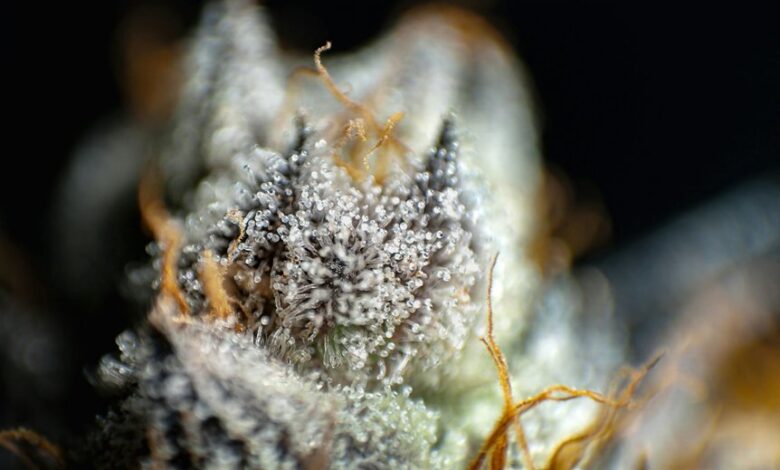Difference Between Cbd and Cbg

The distinction between CBD and CBG is significant in the realm of cannabinoid research. CBD is known for its calming effects and pain management properties, while CBG is often referred to as the "mother of all cannabinoids" due to its foundational role in the cannabis plant. Their differing interactions with cannabinoid receptors suggest unique therapeutic potentials. This prompts further exploration into how these cannabinoids can be utilized for specific health outcomes.
Understanding CBD: Properties and Benefits
Cannabidiol (CBD) is a phytocannabinoid derived from the cannabis plant, known for its non-psychoactive properties.
Its effects include potential relief from anxiety, inflammation, and pain, making it an appealing option for many seeking natural alternatives.
CBD sources range from hemp to marijuana, with hemp-derived products typically offering higher concentrations of CBD, ensuring consumer access to its therapeutic benefits without intoxication.
Exploring CBG: The "Mother of All Cannabinoids"
CBG, or cannabigerol, is often referred to as the "mother of all cannabinoids" due to its role as a precursor in the biosynthesis of other cannabinoids, including CBD and THC.
CBG benefits include potential anti-inflammatory, neuroprotective, and antibacterial properties.
Significant CBG sources are hemp and cannabis plants, particularly strains cultivated for higher CBG concentrations, offering a unique opportunity for therapeutic exploration.
Key Differences Between CBD and CBG
The distinction between CBD and CBG lies not only in their chemical structures but also in their respective effects and applications.
CBD uses primarily focus on relaxation and pain relief, while CBG benefits include potential anti-inflammatory and neuroprotective properties.
Understanding these differences allows individuals to make informed choices about cannabinoid use, aligning their preferences with specific therapeutic needs and desired outcomes.
How CBD and CBG Interact With the Body
Although both CBD and CBG interact with the body through the endocannabinoid system, their mechanisms and effects differ significantly.
CBD primarily influences cannabinoid receptors to promote balance and homeostasis, while CBG exhibits a more direct interaction, potentially enhancing the efficacy of other cannabinoids.
This unique action may offer distinct therapeutic benefits, highlighting the importance of understanding each compound's role within the endocannabinoid system.
Conclusion
In summary, while both CBD and CBG offer distinct therapeutic benefits, their unique properties and interactions with the body's endocannabinoid system highlight the significance of understanding these differences. As the adage goes, "Different strokes for different folks," emphasizing the need for tailored cannabinoid therapies to address individual health goals. By recognizing the specific advantages of each cannabinoid, consumers and healthcare providers can make informed decisions to optimize wellness outcomes.






